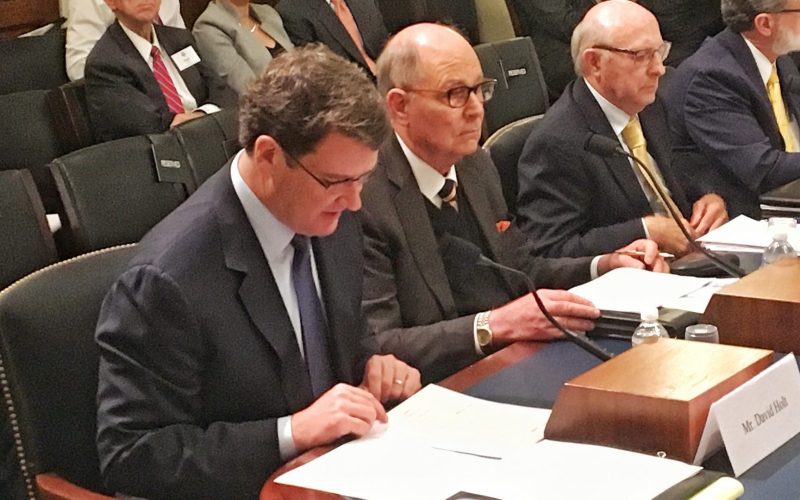THE VOICE FOR THE ENERGY CONSUMER

A US House Natural Resources Committee subcommittee heard more support for offshore than onshore policy reform proposals at a Nov. 7 hearing as two of the four witnesses differed on.

U.S. House Natural Resources Subcommittee on Energy and Mineral Resources ORAL Testimony of David Holt President, Consumer Energy Alliance Chairman Gosar, Ranking Member Lowenthal, and Members of the Subcommittee, it.

CEA Midwest’s Chris Ventura discusses the negative implications rejecting the maintenance and construction of energy infrastructure has on Michigan’s families. A lack of adequate pipelines and infrastructure act as a.

With seasonal fuel demand rising just around the corner, AAA says at $2.54, Tuesday’s national average for a price of regular gas is seven cents more than a week ago,.

With environmental extremists becoming increasingly violent and reckless in their actions, including their sabotage of critical energy infrastructure, the U.S. Department of Justice is taking action. On Friday, the U.S..

BILOXI, MS – November 9, 2017 – Consumer Energy Alliance (CEA) hosted Federal officials and members of the business community in Biloxi today at the 2017 Gulf Energy Forum –.

For the first time in over a decade, ANWR is back in the energy discussion – and now you have the chance to tell Washington that you support the development.

ATLANTA, GA – November 9, 2017 –– Consumer Energy Alliance (CEA) today announced the start of a statewide campaign designed to educate Georgia lawmakers, families, and businesses about the unending.

BILOXI, MISSISSIPPI – November 9, 2017 – Consumer Energy Alliance (CEA) today announced the start of a statewide campaign designed to educate Mississippi policymakers, families, and businesses about the benefits.

WASHINGTON, D.C. – Consumer Energy Alliance (CEA) President David Holt today issued the below statement prior to the House Natural Resources Committee markup of a bipartisan energy bill entitled the.